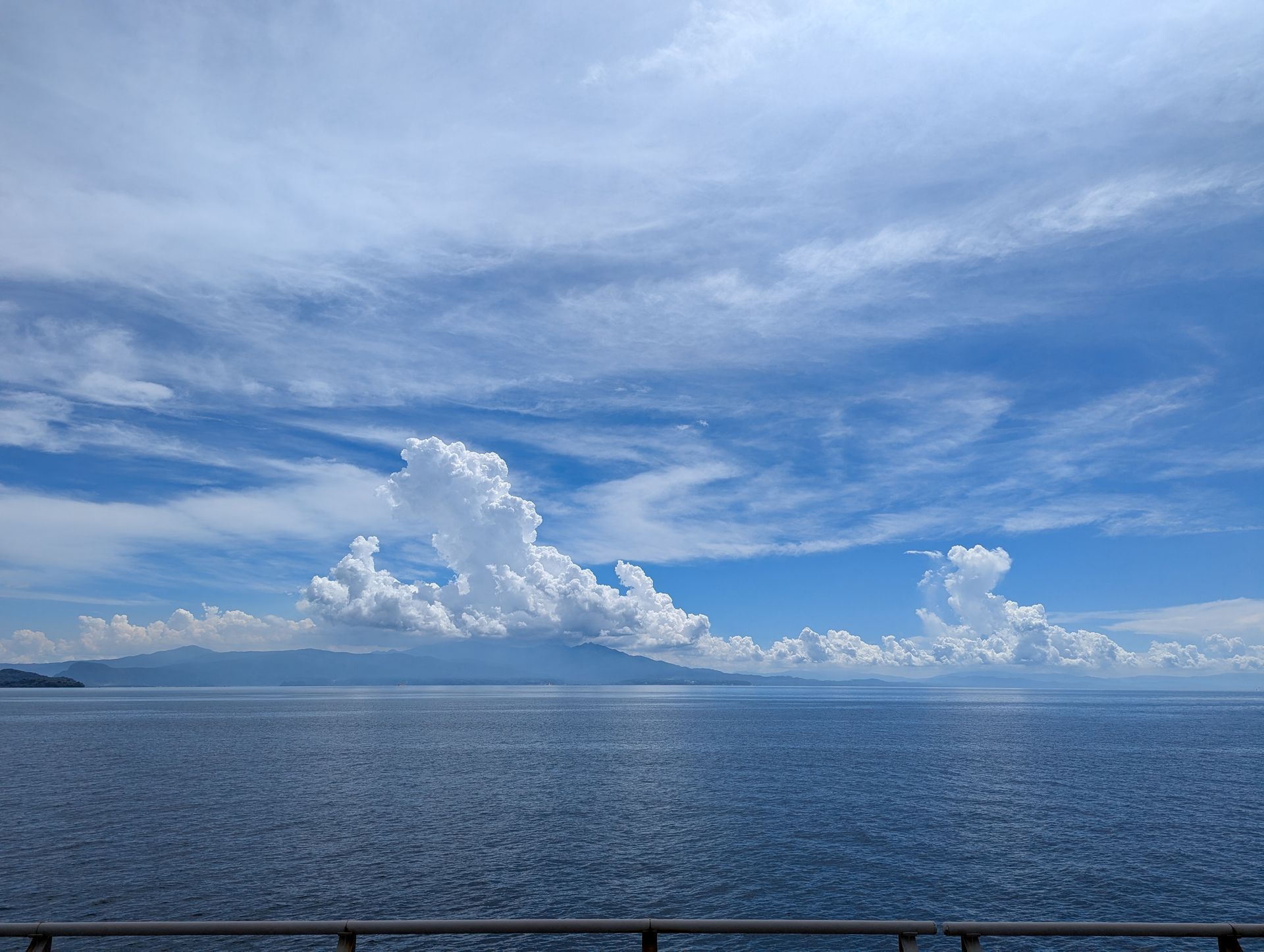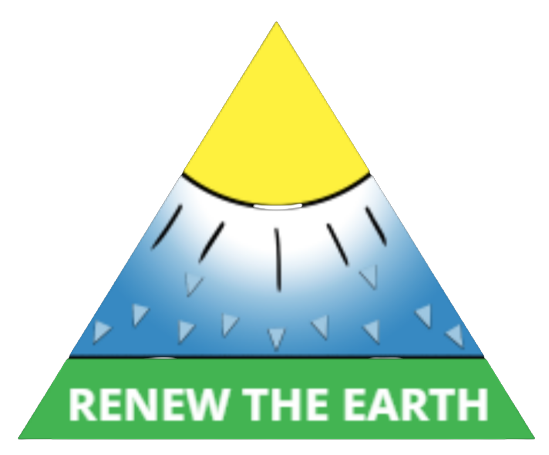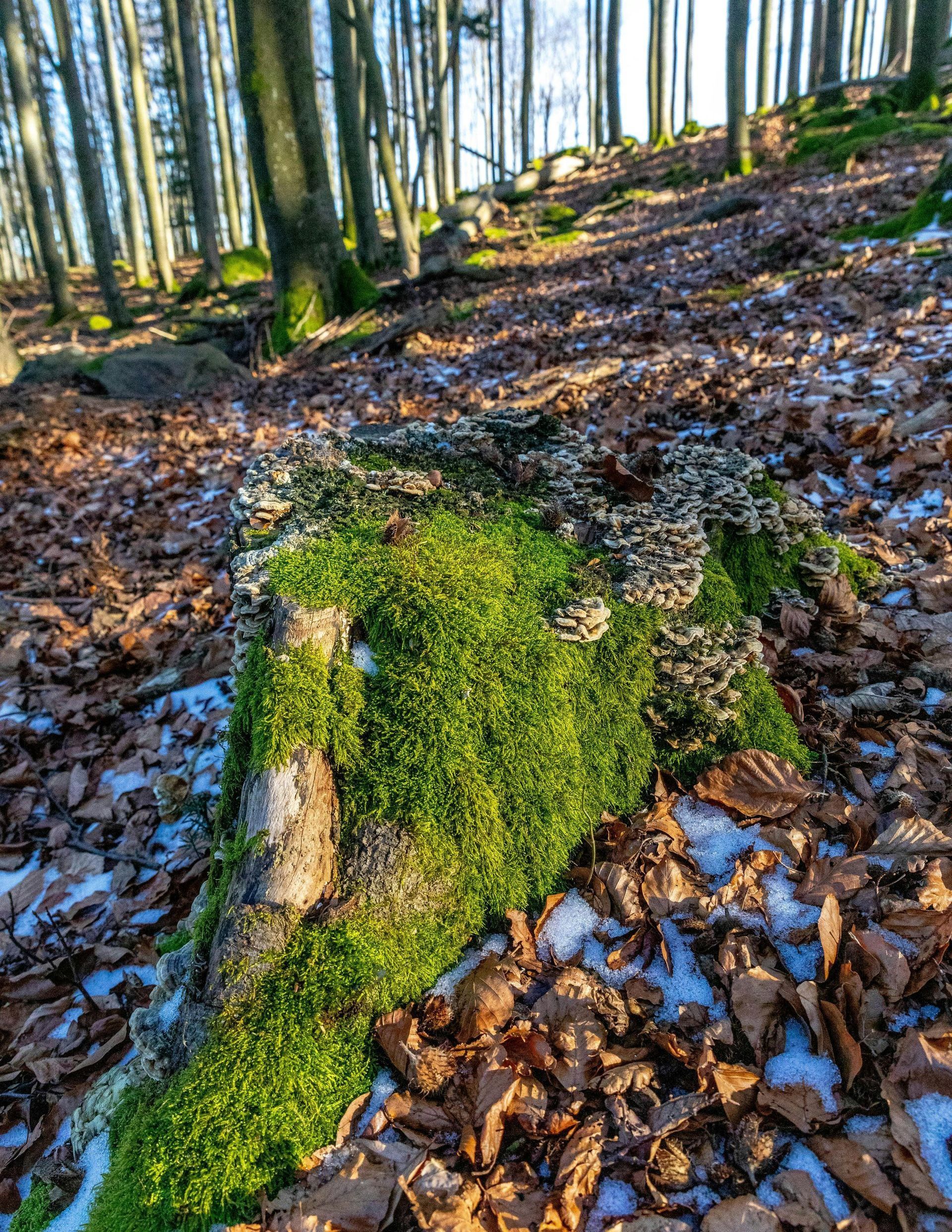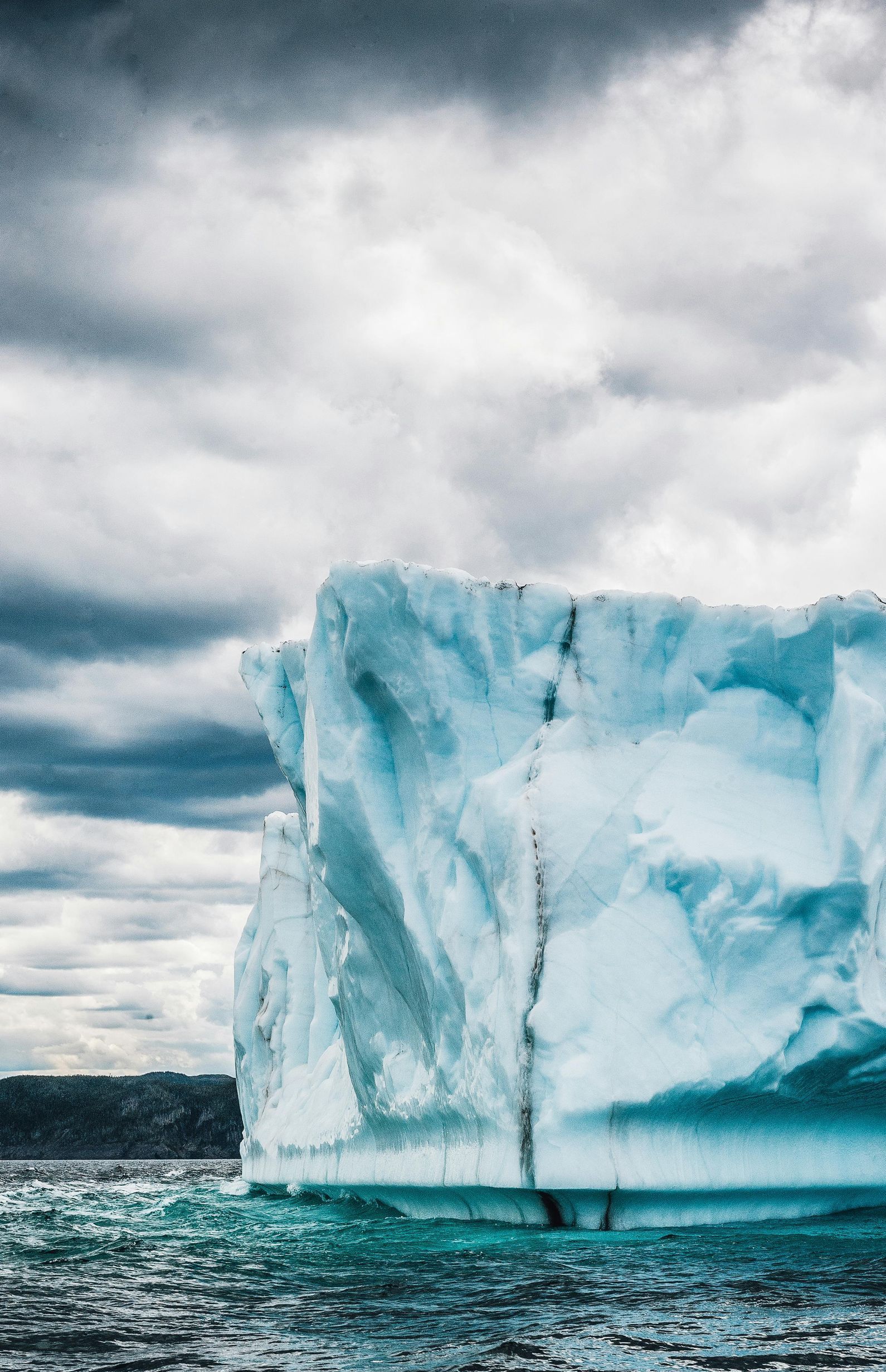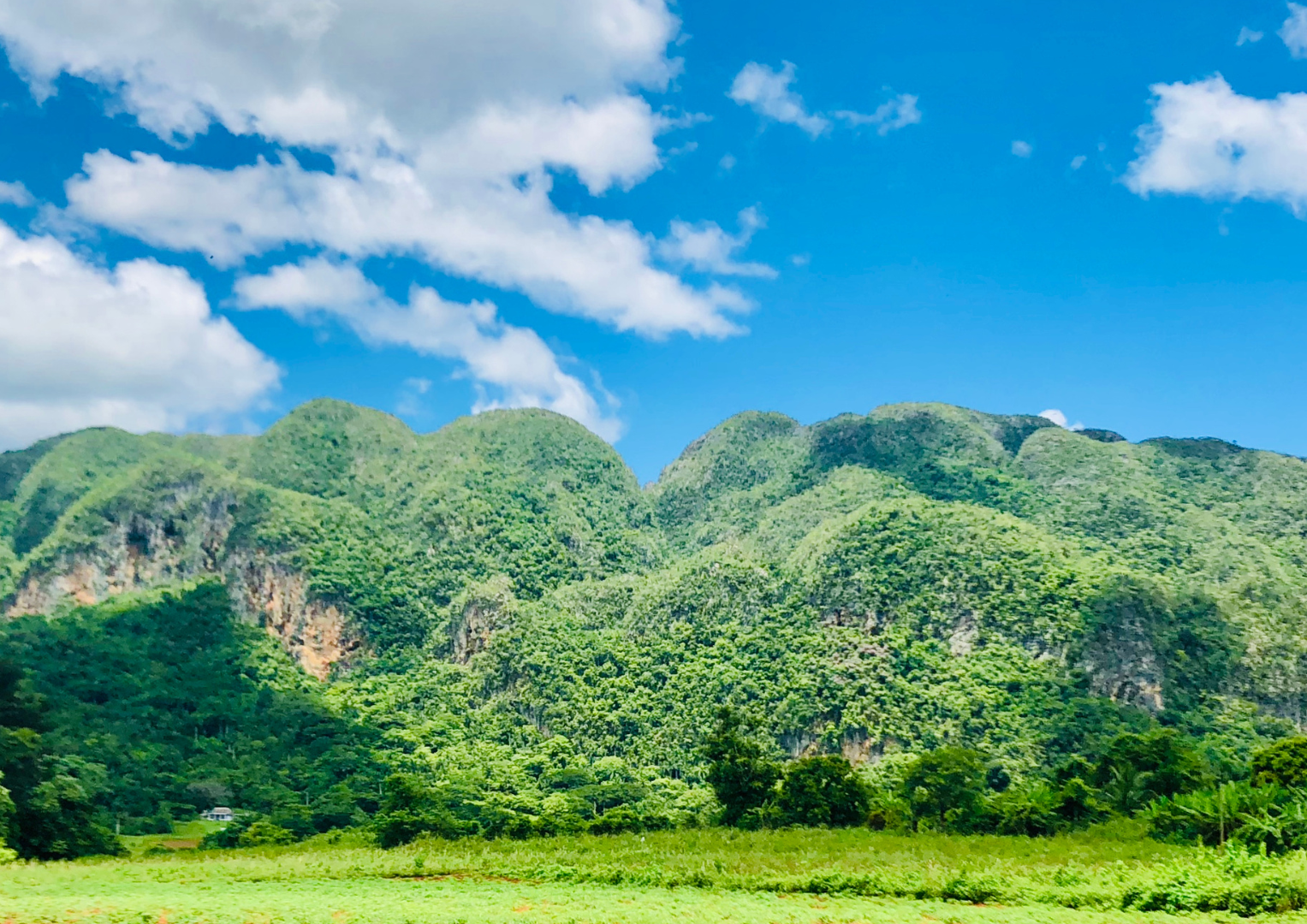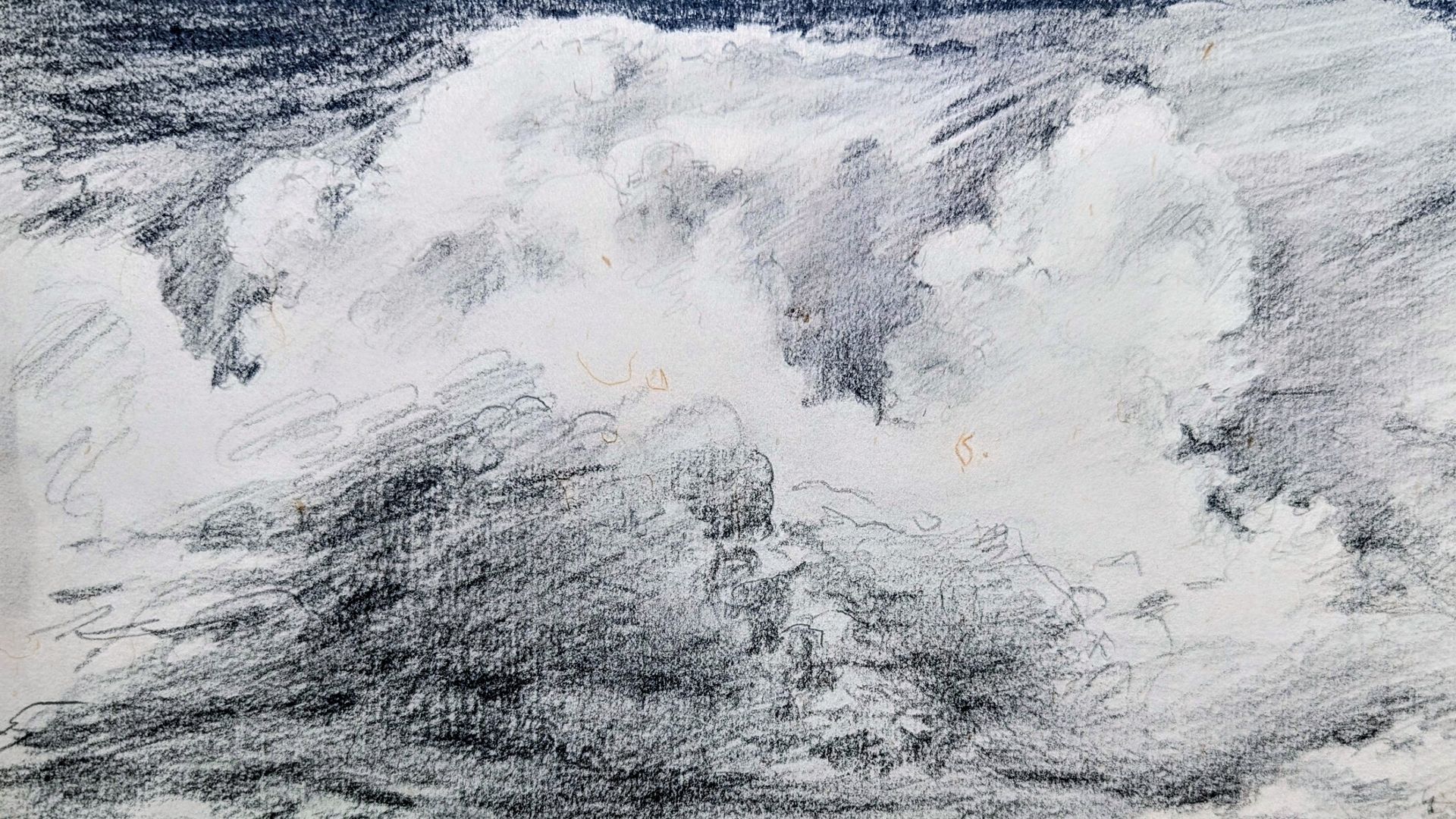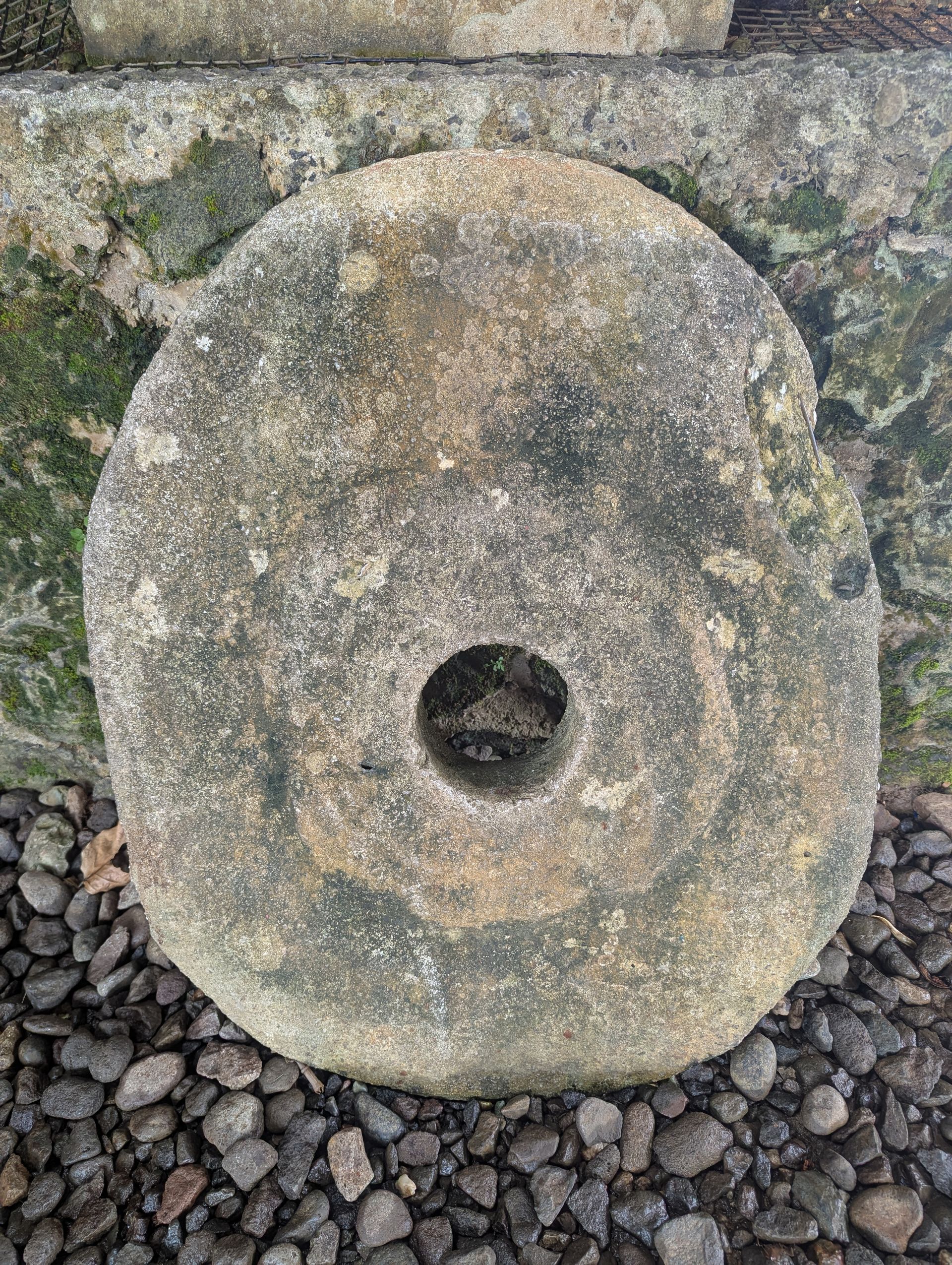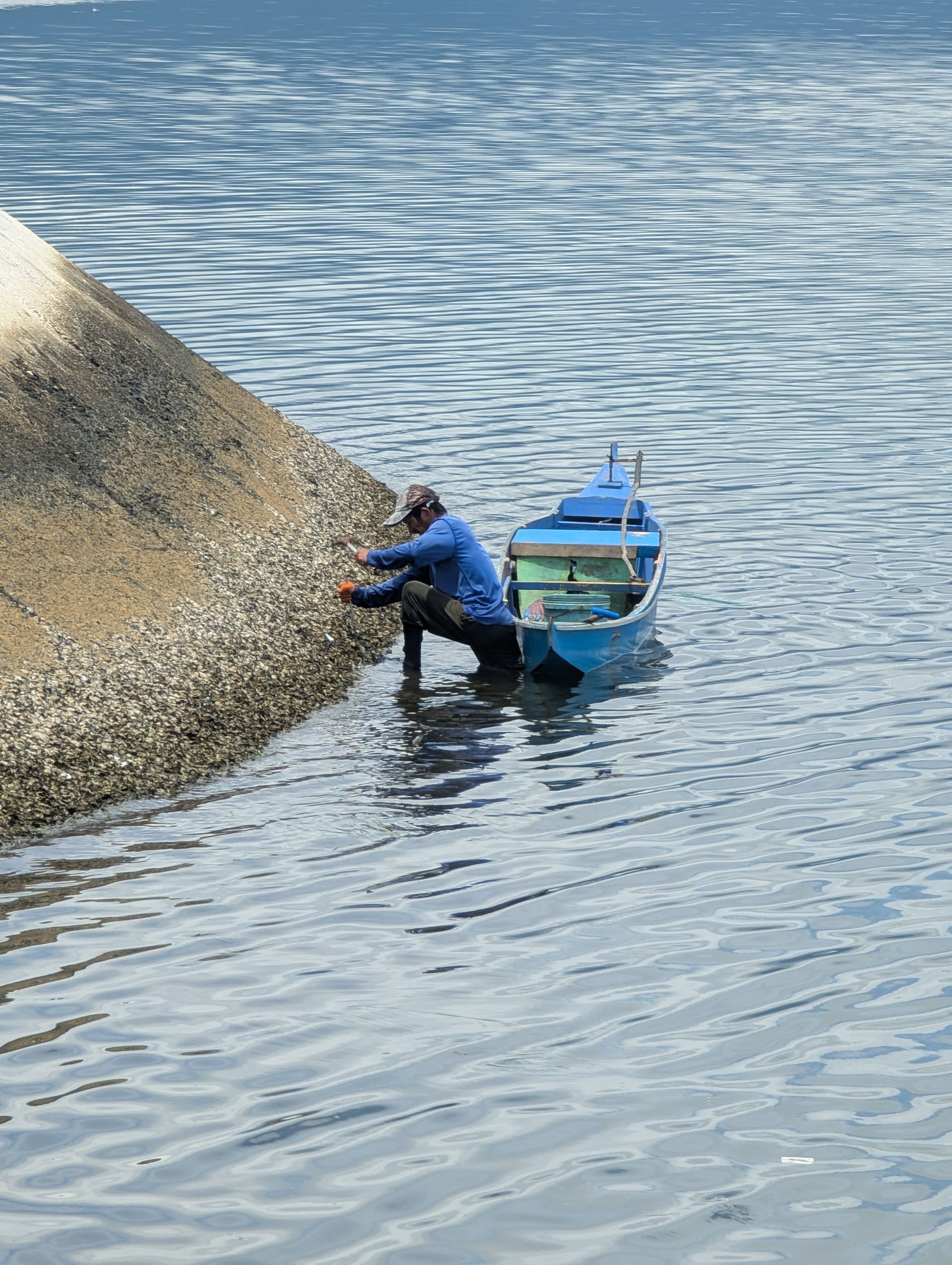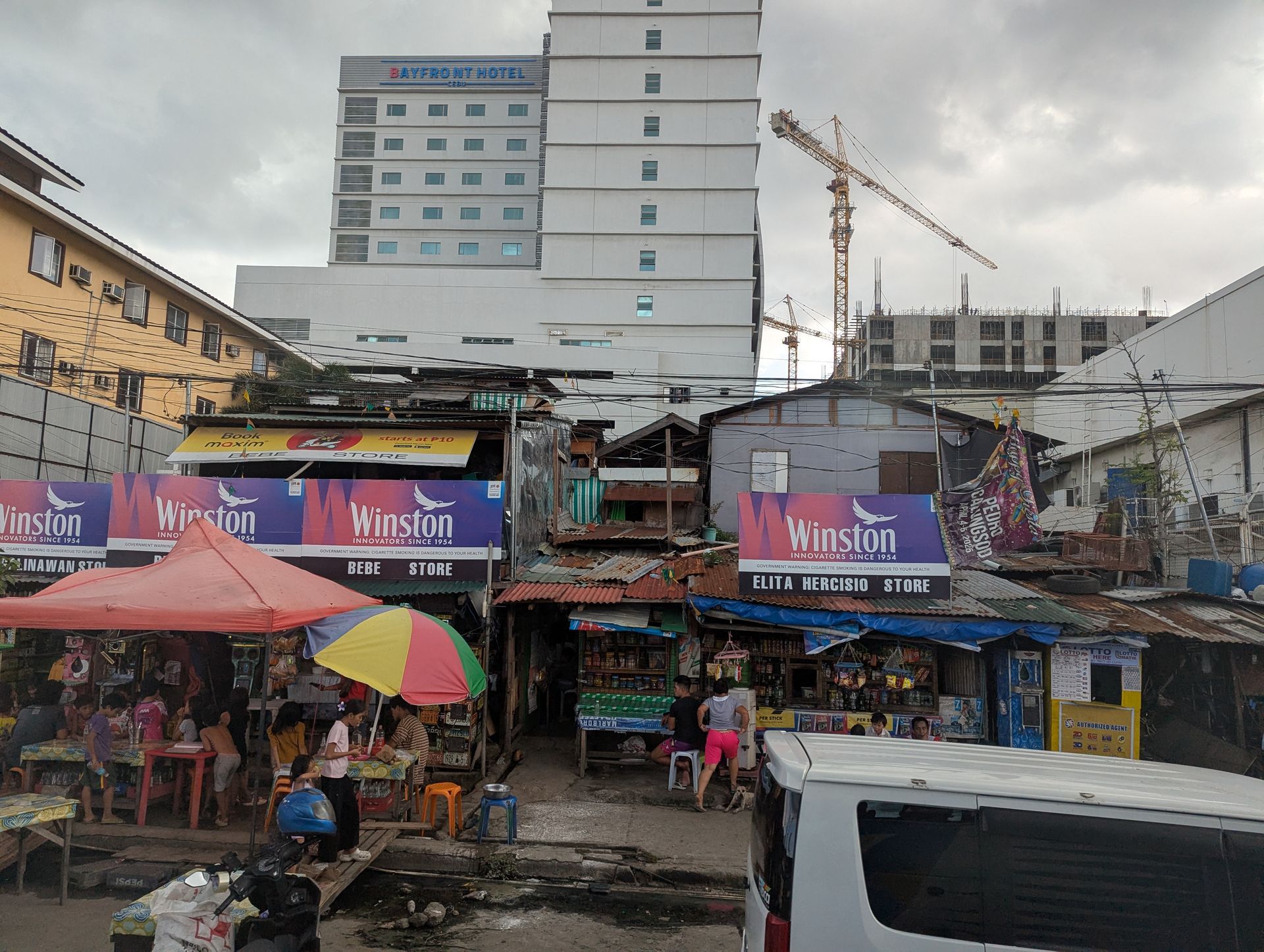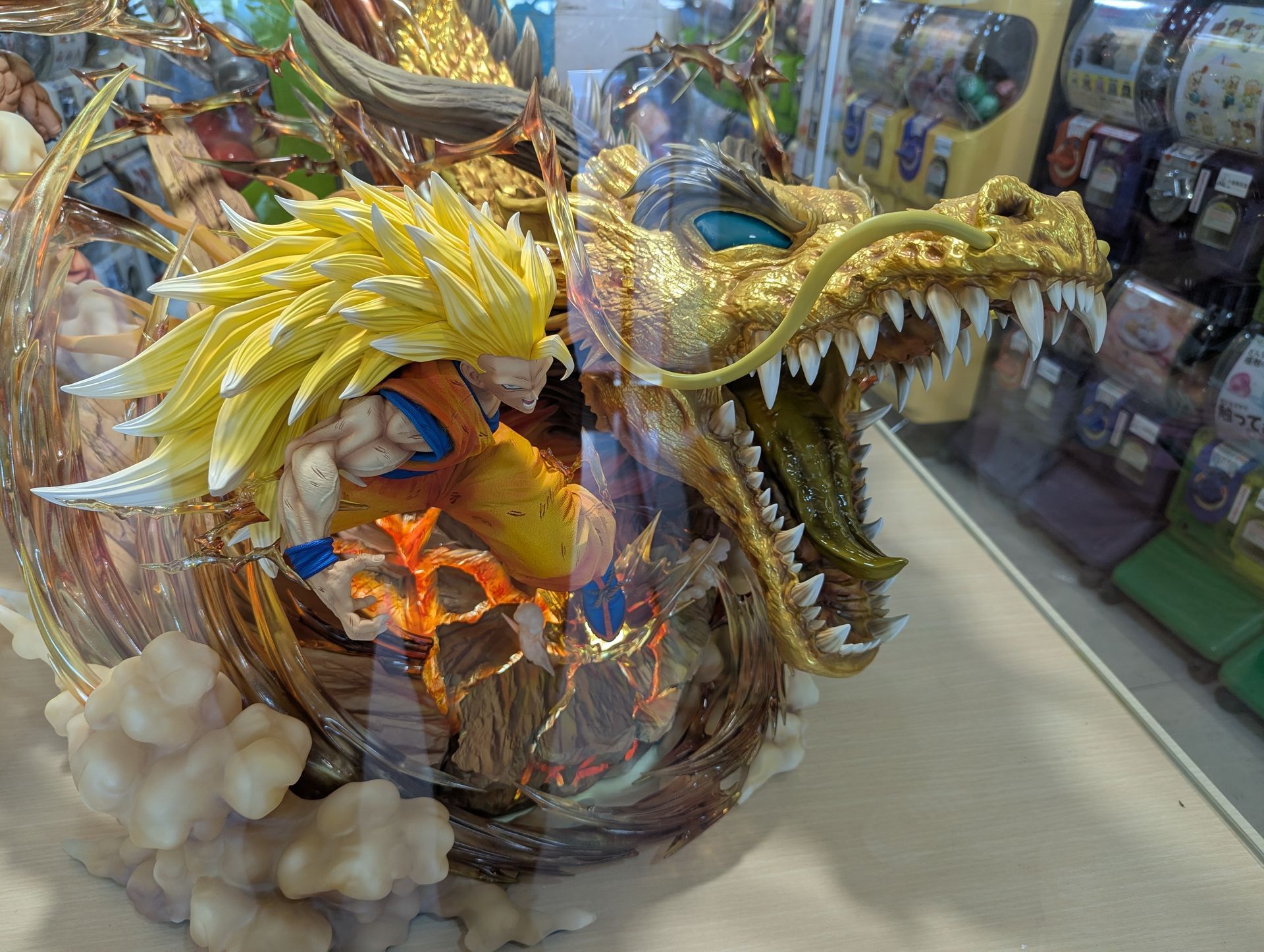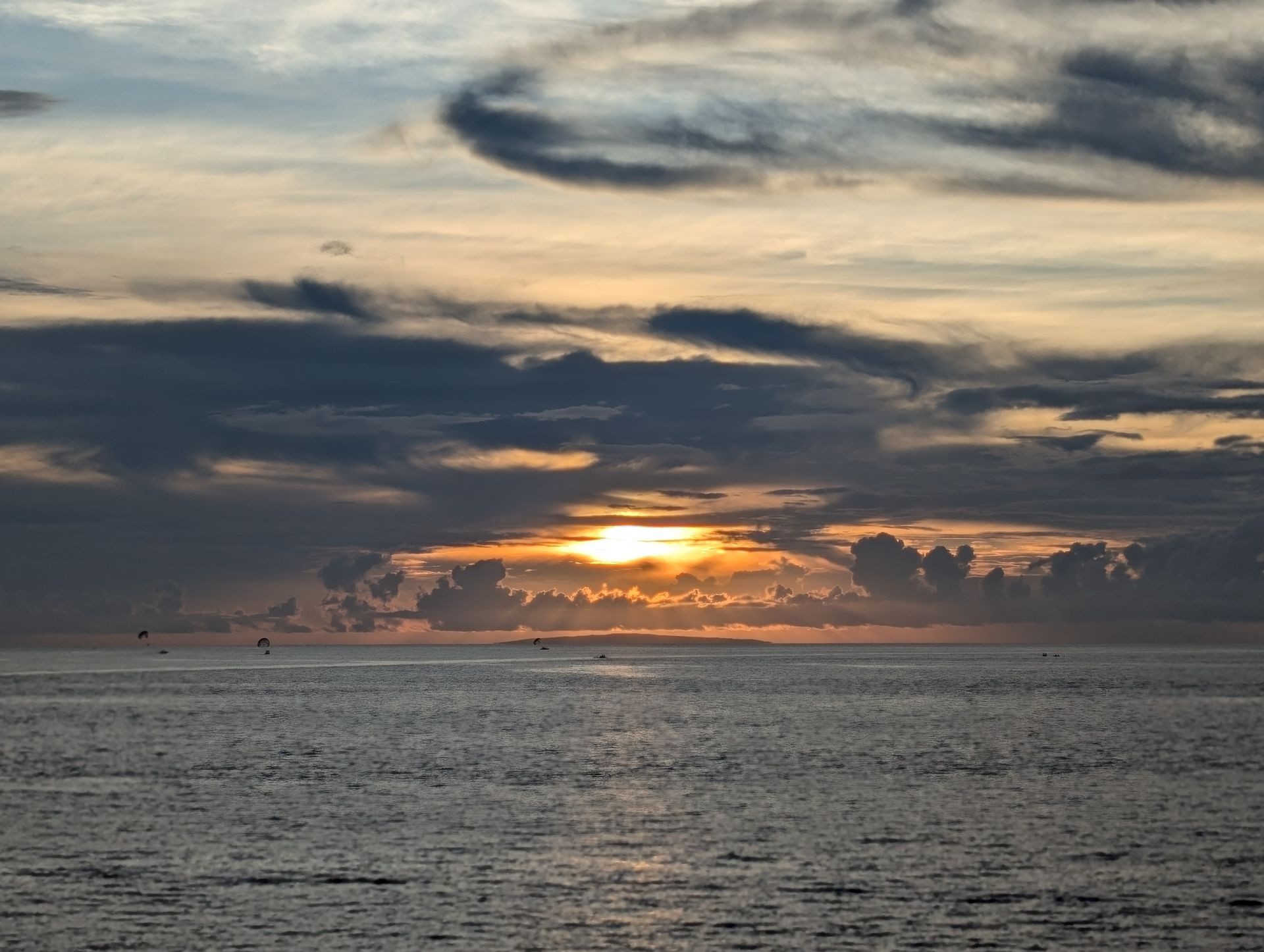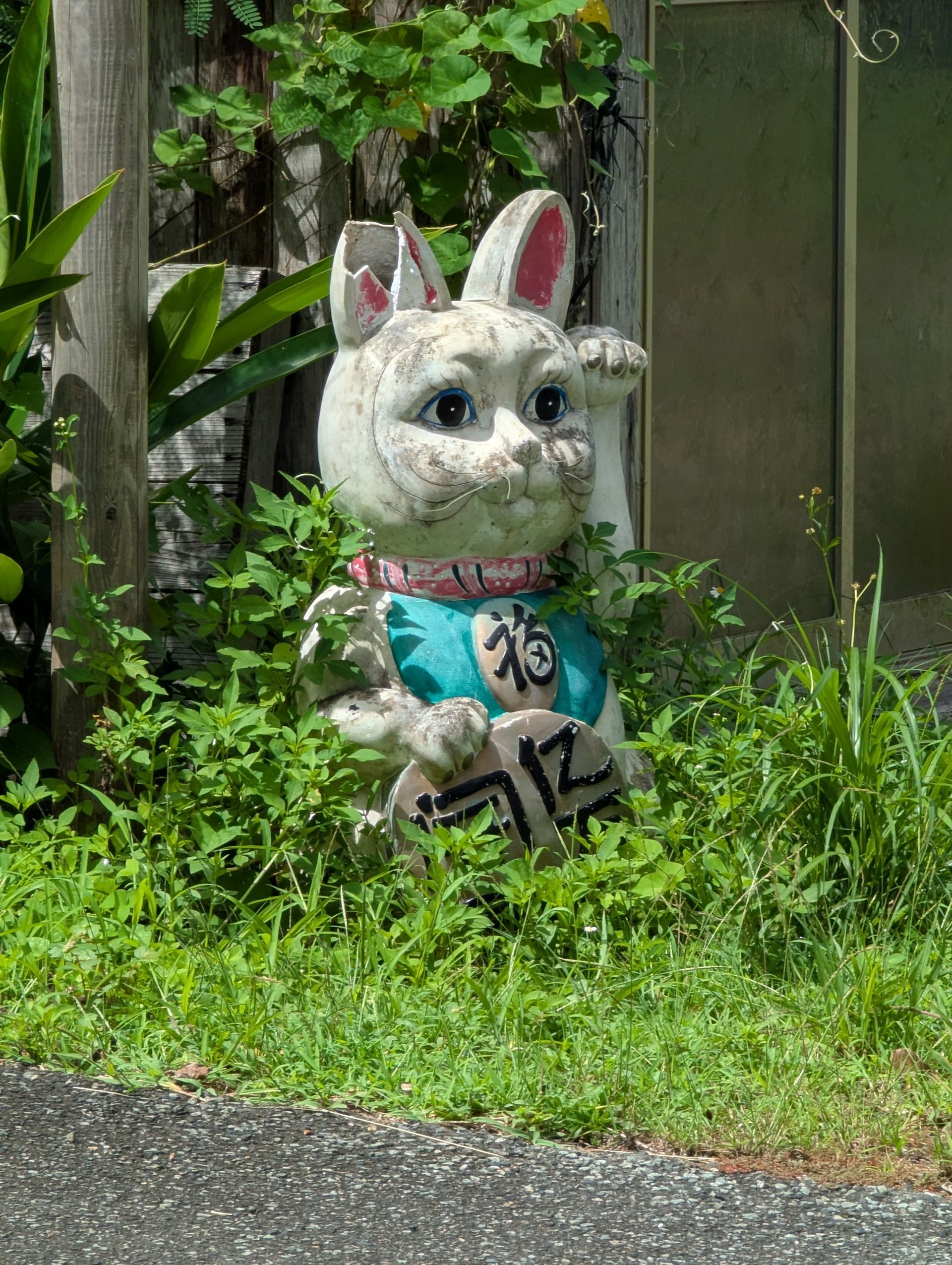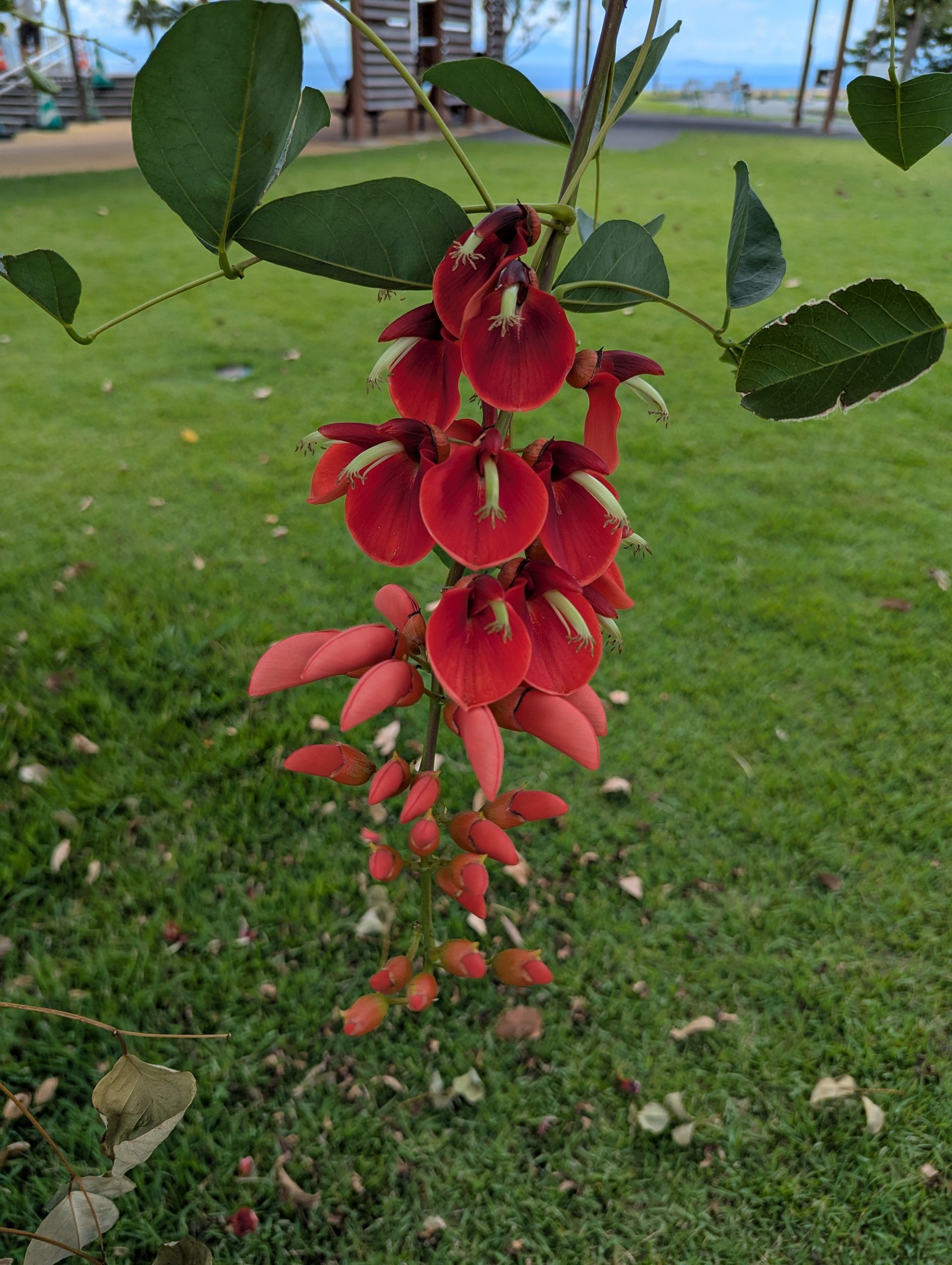Energy Currency: Bridging the Gap Between Economic Justice and Environmental Sustainability
Overcoming Inequality
Economic inequality and environmental degradation are two interconnected global crises. As wealth becomes increasingly concentrated among a small minority, millions of people struggle to access basic needs such as food, shelter, healthcare, and education. Simultaneously, the planet faces unprecedented challenges, from climate change to biodiversity loss, largely driven by the overexploitation of resources for profit. At Renew the Earth, we believe in a transformative solution: the introduction of an Energy Currency—a parallel economic system designed to prioritize human and environmental well-being.
The Limitations of Traditional Economic Systems
Modern market economies, while efficient in driving profits, often fail to distribute resources equitably. Wealth generated through financial speculation rarely circulates back into the real economy to benefit communities. Instead, it exacerbates inequality, leaving many without access to essential services.
Moreover, the focus on continuous growth comes at the expense of the planet’s health. Unsustainable practices—such as deforestation, pollution, and overuse of natural resources—accelerate
climate change and threaten the survival of countless species, including our own. Without intervention, these dual crises will only worsen, pushing societies toward economic instability and environmental collapse.

What Is Energy Currency?
Energy Currency is a revolutionary concept designed to complement traditional money by addressing its inherent flaws. This parallel system derives its value from human labor and natural resources, ensuring that the focus remains on fulfilling basic human needs rather than generating profit.
Unlike conventional currencies, Energy Currency is:
- Non-hoardable: It cannot be stockpiled or used for speculative investments.
- Purpose-driven: Its sole function is to fund essentials such as food, housing, education, healthcare, and sustainable infrastructure.
- Inflation-proof: Once the currency completes its purpose, it disappears, ensuring that it doesn’t inflate the economy or create financial bubbles.
By integrating Energy Currency into global systems, we can address inequalities while encouraging sustainable resource use.
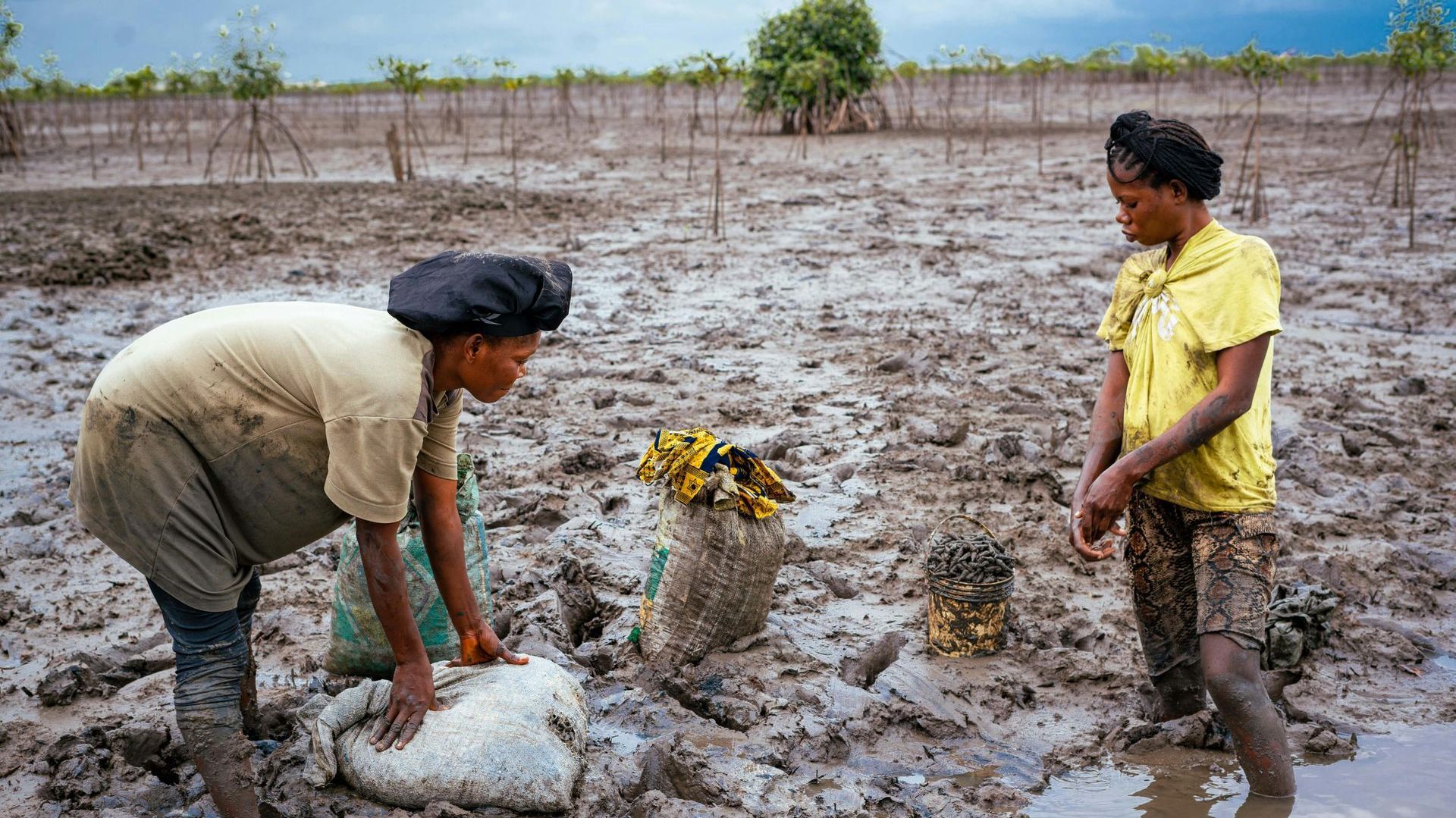
Energy Currency as a Tool for Sustainability
The dual focus on economic and environmental well-being sets Energy Currency apart from traditional systems. Here’s how it promotes sustainability:
- Aligning Economics with Ecology
Energy Currency ties economic value directly to tangible, renewable resources and human energy, fostering sustainable practices. For instance, communities could allocate currency to renewable energy projects, creating a cycle where ecological preservation directly benefits local economies.
- Supporting Local Solutions
One of the most powerful aspects of Energy Currency is its ability to empower communities. By prioritizing funding for localized food systems, clean water initiatives, and green infrastructure, it ensures that every region can meet its unique needs sustainably.
- Global Collaboration for a Resilient Future
Because Energy Currency is designed to address universal human needs, it creates opportunities for international cooperation. From mitigating climate change to reducing poverty, this parallel system can unite nations in their efforts to build a sustainable global economy.
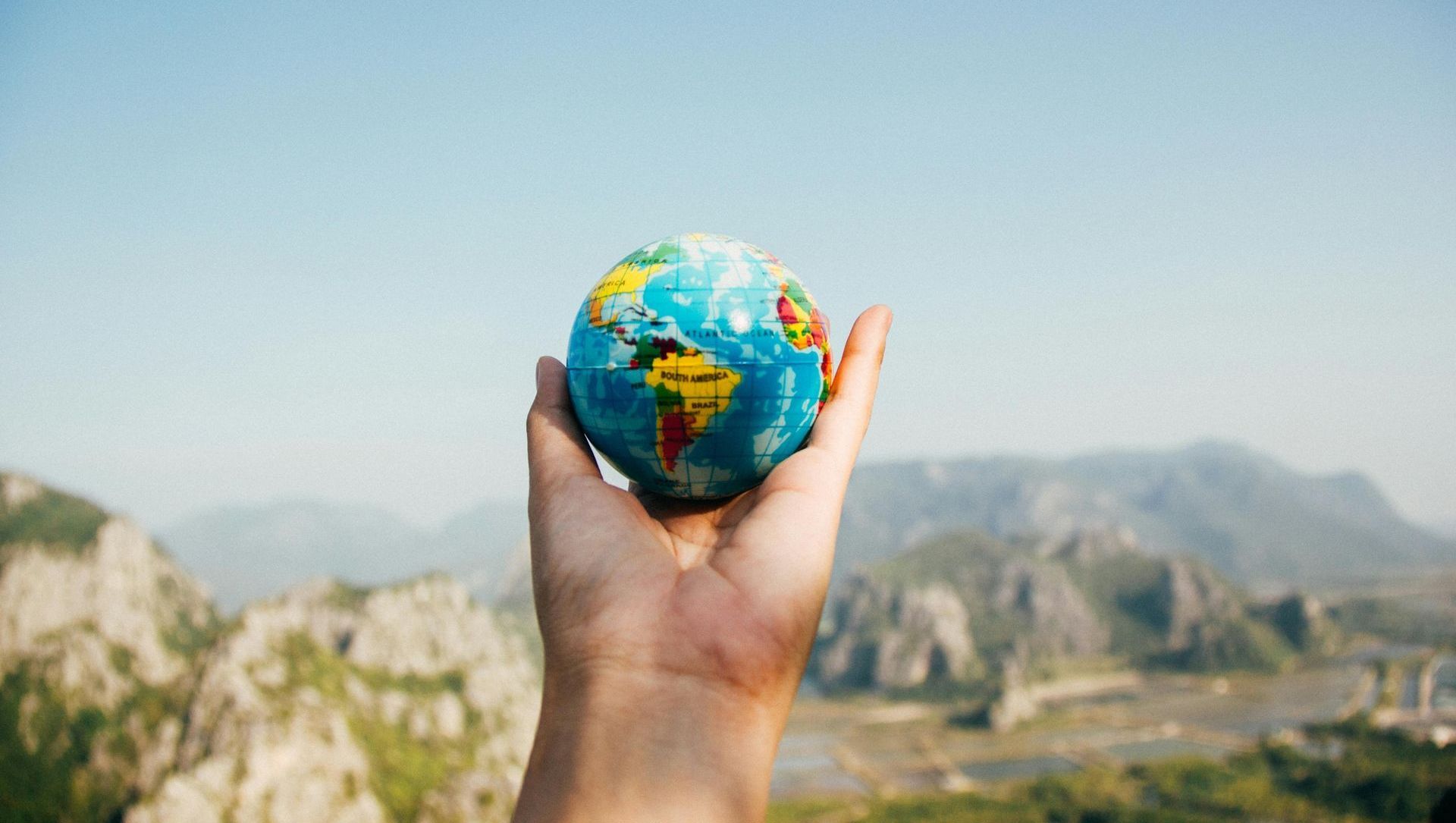
Practical Applications and Benefits
Adopting Energy Currency could transform how we address today’s challenges:
1. Ending Economic Inequality
By guaranteeing access to essential services for all, Energy Currency ensures that no one is left behind. It directly addresses systemic poverty by redistributing value to where it is needed most.
2. Fostering Innovation
When communities no longer have to struggle for basic survival, they can focus on innovation, education, and long-term development. Energy Currency provides the resources necessary to unlock human potential.
3. Preserving Natural Resources
Because this currency is tied to ecological health, it incentivizes sustainable resource management. Communities and businesses are encouraged to invest in renewable energy, biodiversity conservation, and other initiatives that protect the planet for future generations.
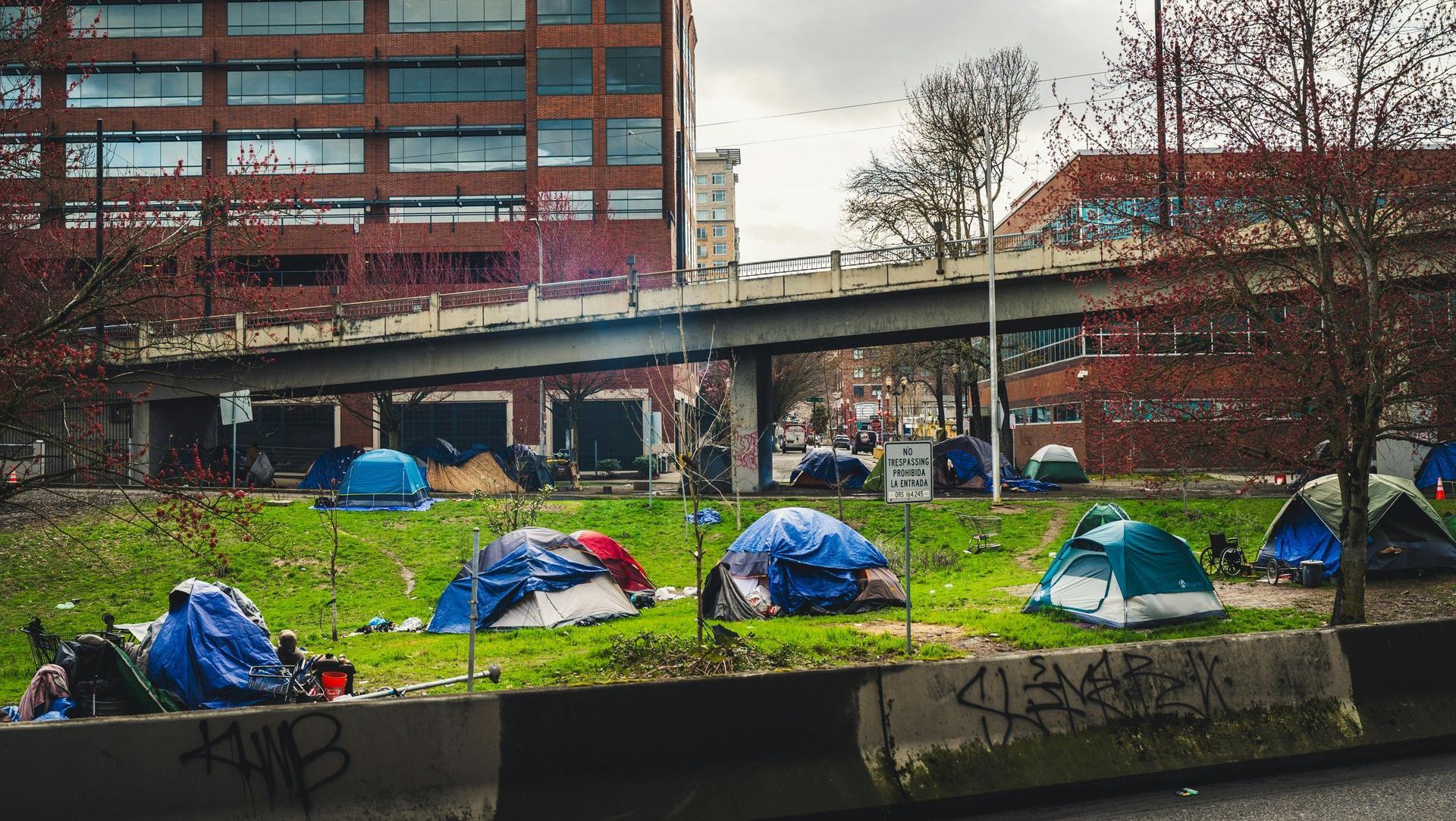
How You Can Get Involved
At Renew the Earth, we are committed to raising awareness about the transformative potential of Energy Currency. Whether through our advocacy, educational programs, or documentary Finding the Money, we aim to inspire action at every level—individual, community, and governmental.
Here are a few ways to join our mission:
- Watch and Share Our Documentary
The Finding the Money film is now available worldwide on Vimeo, with translations in 11 languages. Share it with your network to spread the word about the importance of sustainable economics.
- Participate in Local Initiatives
From community gardens to renewable energy projects, small actions can lead to significant change. Use our resources to find or start a project in your area.
- Advocate for Change
Engage with policymakers and organizations to support the adoption of parallel currencies and sustainable economic models. Your voice matters in creating a fairer and greener future.

Facilitate Change
Energy Currency represents a bold step toward addressing the systemic failures of traditional economic systems. By valuing human contributions and protecting natural resources, it has the potential to create a world where everyone can thrive. At Renew the Earth, we believe that this vision is not just possible—it’s necessary.
Join us in building a sustainable future. Together, we can redefine what it means to live in harmony with one another and the planet.
